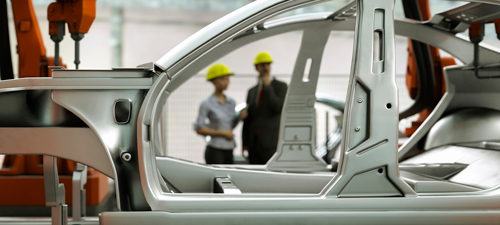As the injection molding industry has evolved, new methods and procedures have been developed to increase product quality. Gas assist injection molding is an injection molding process that uses nitrogen gas to create hollow channels within a mold. As the nitrogen gas forces material away from the core and out toward the edge of the mold, it relieves internal tension, creates a streamlined surface and prevents shrinkage. But even though the process can provide great benefits for many products, it’s not always the right solution for every injection molded product. Find out more about the potential advantages of gas assist injection molding to help you decide if it’s right for your needs.
THE BENEFITS OF GAS ASSIST INJECTION MOLDING
When you create plastic products, maintaining the strength and integrity of the part is essential. With gas assist injection molding, there are significant advantages when it comes to the design and structural integrity of a component. For one thing, it makes it possible for various wall thicknesses and intricate design components to be integrated into a single part with higher tolerances. Gas assist molding makes it possible for support structures, ribs, and bosses to be molded into the part seamlessly without leaving any imperfections or blemishes.
Another benefit of gas assist injection molding is saving money during on production versus other traditional injection molding processes. For one thing, gas assist molding allows you to seamlessly execute a complex design in a single part that might otherwise require several different molded components. In addition, gas assist injection molding requires less clamping force which means that tooling components are put under less stress and may not need to be replaced as frequently.
GAS ASSIST MOLDING CONSIDERATIONS
Despite the many benefits of gas assist injection molding, there are factors that you’ll want to consider before utilizing this process for your plastic parts. In some cases, gas assist injection molding may not be appropriate for a given application. If the walls of a component are especially thin, for example, they may be unable to accomodate the gas channels that are needed to complete the process.
Would you like to learn more about gas assist injection molding? Talk to the experts at KASO Plastics. We are here to answer your questions and assist you any of your production needs. Give us a call today to find out more about all of our services.








 Molding services for Agricultural customers
Molding services for Agricultural customers